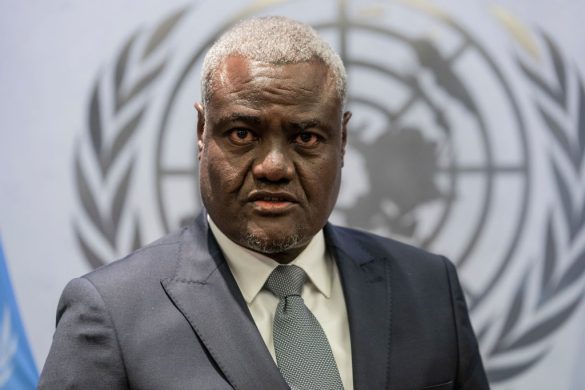Småbønder i Senegal presses af lokale og internationale investorer, der opkøber frugtbart landbrugsland. Mellem 2000 og 2010 er 17 procent af landets landbrugsjord blevet solgt til 17 private firmaer.
SAINT LOUIS, 24 June 2014 (IRIN) – Senegalese smallholder Doudou Sow is furious. Over the last 10 years, he says, farmers have been squeezed out by an influx of private investors acquiring fertile arable land in the Senegal River Valley where he has worked as a farmer for the last two decades.
“I do not understand why hundreds of hectares are being given to outsiders when the priority should be to make land available to our own farmers,” protests Sow, a native of Saint Louis Region in the north of Senegal.
A liberal land regime in Senegal over the decade has favoured large-scale acquisitions of arable land by both foreign and local investors. Dramatic changes in ownership have coincided with serious food shortages in the sub-region, a global financial crisis and a growing emphasis on the promotion of bio-fuel, with Senegal heavily promoting the planting of the controversial Jatropha tree, the seeds of which are used for the production of fuel for diesel engines.
Between 2000 and 2010, over 657,000 hectares of land, around 17 percent of Senegal’s arable land, was allocated to 17 private firms. Ten of the firms are Senegalese and the rest are foreign, according to the regional pressure group Pan-African Institute for Citizenship, Consumers and Development (CICODEV).
Ex-President Wade’s agricultural legacy
Under the previous administration of Abdoulaye Wade, the government pushed high profile schemes like the Return towards Agriculture plan (REVA) and the Grand Agricultural Drive for Food and Abundance (GOANA), with an emphasis on promoting agri-business and bio-fuels.
“These initiatives have led to a glut of private operators, including religious leaders and senior state officials moving in on land in rural areas,” complains Mariam Sow, coordinator of the Natural Protection Programme of international NGO ENDA.
In a May 2011 report, the Agricultural and Rural Prospective Initiative (IPAR), a sub-regional NGO which aims to provide “strategic analysis” of rural and agricultural issues, highlighted the volume of land deals in northern Senegal. IPAR drew particular attention to the case of Mbane in Saint Louis Region, where it said 232,000 hectares had been distributed to politicians, religious leaders and private operators with strong political connections under the GOANA project. The IPAR report noted that, at the time of writing, much of the land acquired had yet to be exploited.
Sow says the loss of farmland in areas like Gandon is sapping farmers’ morale and not bringing the hoped-for benefits. “In losing their land, peasant farmers lose a part of their identity,” Sow argued. “With the amount of land allocated, the local population feels squeezed while only a small proportion of the land area is actually cultivated. The promises on creating jobs and infrastructure are not kept.”
Other farmers strongly echo these concerns. In Fanaye in the department of Podor, some 430km north of Dakar, the grassroots-based Fanaye Land Defence Association has expressed strong concern about changing patterns of land ownership. The Fanaye farmers say they need a more supportive approach from the state towards local farmers, while registering disappointment about the new owners’ failure to make more of the land provided.
Points of conflict
Læs hele artiklen på IRIN News.















